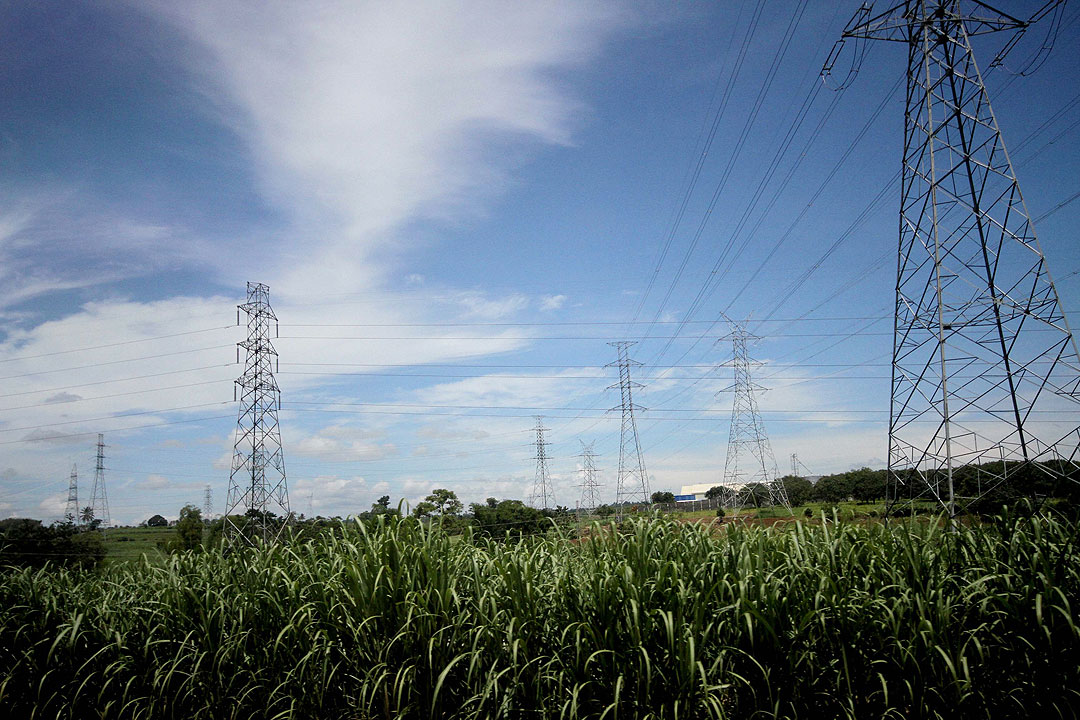Steady earnings awaited for listed energy firms

EARNINGS of listed energy companies are expected to be steady in the second half of the year if no unforeseen developments arise towards year-end, analysts said.
“In a general sense, the sector’s performance is likely to remain stable for the remainder of the year, assuming no stringent regulatory developments,” Luis A. Limlingan, head of sales at Regina Capital Development Corp., said in a Viber message.
“Apart from regulatory factors, fuel and coal prices, infrastructure investments, and weather-related power demand will influence the profitability of power firms,” he added.
For Toby Allan C. Arce, head of sales at Globalinks Securities and Stocks, Inc., the earnings outlook for energy companies is “complex and uncertain” as there are several factors that may affect the performance of the sector.
“Some analysts expect that power companies may see a moderate increase in their earnings in 2023, driven by the growth in electricity sales, the improvement in plant efficiency, and the reduction in operating costs,” he said in a Viber message.
“However, this outlook is subject to risks and challenges, such as regulatory uncertainties, environmental issues, technical problems, and market competition,” he added.
For the second quarter, listed energy companies posted mixed results.
Manila Electric Co. registered an attributable income of P9.78 billion, up 45% from P6.74 billion in the previous year, on the back of higher sales of electricity and other services.
Aboitiz Power Corp. reported a nearly 45% increase in attributable net income to P10.29 billion from P7.10 billion a year earlier after an increase in revenues from its operating segments.
For First Gen Corp., its renewable energy business drove its attributable net income, which rose by 29.6% to $77.21 million from $59.56 million previously.
The expansion of renewables also boosted the income of ACEN Corp. to P2.21 billion, higher by 24.2% from P1.78 billion a year ago.
“The government’s policies on renewable energy (RE) would be a positive factor for power companies that are involved in renewable energy, such as solar and wind power,” Mr. Arce said.
The government targets to increase the share of RE in the country’s energy mix to 35% by 2030 and 50% by 2040.
Last year, the Department of Energy raised the required share of RE for distribution utilities under its renewable portfolio standard or RPS program to 2.52% per annum starting this year from 1% per annum previously.
Meanwhile, Semirara Mining and Power Corp. reported a second-quarter attributable net income of P10.19 billion, down 5.5% on reduced domestic coal sales.
Mr. Limlingan said that the weak coal sales were due to normalized prices despite sustained high demand.
“The third quarter would be challenging but management continues to be bullish as the power segment picks up and the high demand for coal sustains,” he said.
The growth of energy companies for the remainder of the year will depend on power demand and the movement of fuel prices as the “Ber” months kick off.
September to December are associated with cooler temperatures in the Philippines and increased consumer spending due to holiday expenses, Mr. Limlingan said.
“Hence, this translates to lower residential power demand, but we are likely to see higher commercial power demand,” he said, citing visits to “leisurely places” such as malls.
Mr. Arce said possible oil increases will likewise increase the cost of coal and natural gas, resulting in higher fuel prices.
“If the price of oil increases, it would also increase the cost of coal and natural gas, which are the main fuels used to generate electricity in the Philippines,” Mr. Arce said.
In August, fuel retailers raised pump prices by P5.90 per liter for gasoline, P9.90 per liter for diesel, and P10 per liter for kerosene.
Oil prices inched up by 1% on Friday as the market worried about tight supply after Saudi Arabia and Russia announced their decision last week to extend voluntary oil cuts to the end of the year, Reuters reported. — Sheldeen Joy Talavera



